Ethiopia: war in Tigray threatens to end Abiy’s dream of unity
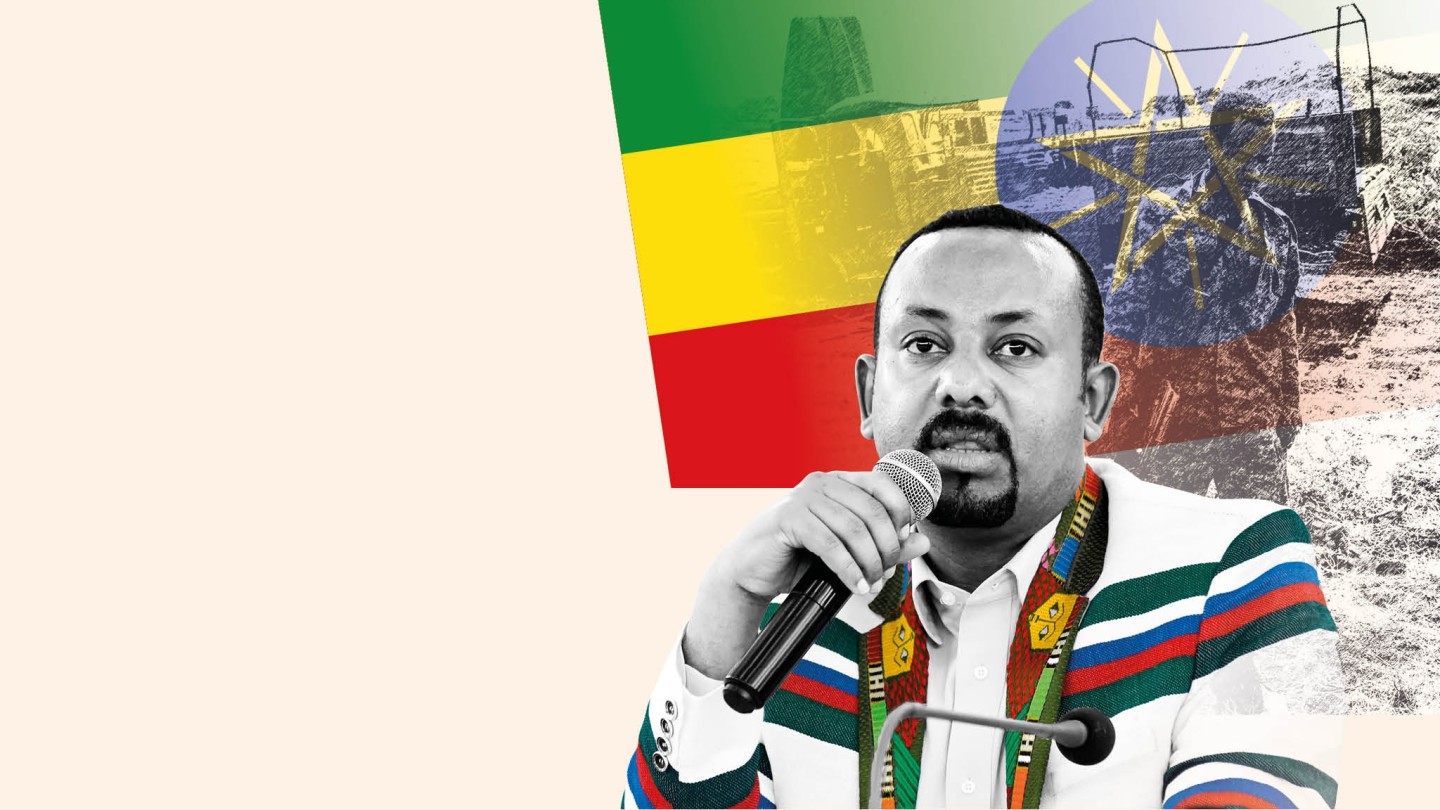
Roula Khalaf, Editor of the FT, selects her favourite stories in this weekly newsletter.
At a makeshift shelter in a school in Mekelle, capital of Ethiopia’s Tigray region, Gezae Wolderaphael, an aquiline-featured young sesame farmer, shows what he says are rifle butt and knife wounds on his face and shoulder. The injuries, he says, were inflicted by members of an assortment of forces who surrounded him in the western Tigrayan town of Mai Kadra last November after Abiy Ahmed, Ethiopia’s prime minister, ordered federal troops to take control of the region.
“They put a gun in my mouth,” he adds, before stabbing him and leaving him for dead in the street.
The aim of the deployment was to oust the Tigray People’s Liberation Front from power in the region. The government in Addis Ababa had branded the TPLF, long the dominant party in Tigray, a “criminal clique”. As the leading member of the four-party coalition that ran Ethiopia for almost three decades until 2018, the TPLF had played a decisive role in national politics. But last November, after TPLF loyalists attacked federal troops stationed in Tigray, Abiy ordered the arrest of its leadership.
November’s invasion of Tigray, which the prime minister had promised would swiftly restore law and order, has morphed into a protracted and gruesome conflict that has sparked a humanitarian crisis. It has drawn in troops from neighbouring Eritrea, whose capital Asmara was hit by TPLF rockets, and horrified an international community that in 2019 celebrated Abiy as a peacemaker worthy of the Nobel Prize.

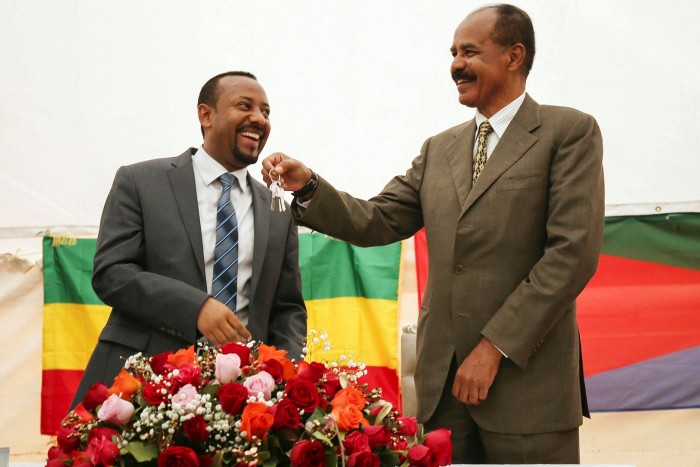
Abiy himself conceded recently that the war had dragged on much longer than he expected. TPLF fighters, he said, had dispersed “like flour in the winds”. He added that the federal army was fighting a guerrilla war on at least eight separate fronts across the country.
Now, after months of news blackout, stories are surfacing of atrocities that the UN says may amount to war crimes by “multiple actors”. Ethiopia has moved rapidly up the international agenda, with the G7 and others calling for an immediate cessation of hostilities, humanitarian access and an independent investigation into precisely what has happened.
The violence unleashed in Tigray has cast grave doubt over the future of what had been widely regarded as an African success story. Since the 1980s, Ethiopia has gradually transformed its image from famine-riddled failed state to one of the fastest-developing economies in the world.
Though some observers say general and regional elections rescheduled for June could see Abiy strengthen his hand, many now question whether he has the credibility to move the country forward.
“Clearly the economic miracle is over,” says Chidi Odinkalu, senior manager for Africa with the Open Society Foundations, adding that international donors will be unable to ignore the atrocities. “I don’t think anybody knows where this is going. Frankly, I don’t think Abiy knows where this is going.”

‘They wanted him to suffer’
After gaining rare access to Tigray, the Financial Times has seen and heard evidence of indiscriminate violence, though not all the accounts could be independently verified. Witnesses recounted the killing and maiming of civilians and the widespread use of rape by soldiers of both the Ethiopian and Eritrean armies.
The FT was also shown what residents said were mass graves in the village of Dengelat, 100km north of Mekelle, reviving memories of the former Yugoslavia with which Ethiopia, a fractious federation of ethnically defined regions, is sometimes compared.
In the Mekelle school, Solomon Haileselassie, another young farmer, speaks of events in Mai Kadra, where there have been allegations of massacres of people from the neighbouring region of Amhara and of Tigrayans. The legally autonomous Ethiopian Human Rights Commission says several hundred ethnic Amharas are believed to have died, with witnesses blaming the killings on Tigrayan security forces and militias.
But Solomon pins at least some of the blame on an Amhara militia, who he says targeted Tigrayans. “Kill them all. Leave nobody from age seven to 70 alive,” he heard people he identified as Amhara militia members saying. He says he lost 15 friends in two days of violence.
“I saw it when they cut a guy’s arms and legs and slit his throat. But they didn’t kill, they left him there. They wanted him to suffer,” he says. “The Amhara have always had the dream of taking western Tigray,” he adds, referring to Amhara accusations that the TPLF stole its lands as part of a redivision of territory in the early 1990s. If he gets a chance, he says, he will fight to help restore Tigrayan control of the territory.


The Ethiopian government cautions against believing stories such as Solomon’s. It has warned about “perpetrators acting as victims” in what it says is “an attempt to reverse the narrative”.
Whichever side was most responsible for the massacre in Mai Kadra, stories of similar atrocities are tragically common. Solomon is one of as many as 1m people who have been displaced. Michelle Bachelet, the UN human rights chief, has warned of “blanket denials and finger-pointing” amid evidence of atrocities committed by all sides, including the Ethiopian National Defence Force, the Eritrean army, the TPLF and its supporters, as well as fighters from Amhara.
Thousands of people, perhaps tens of thousands, may have died in the conflict, say senior foreign diplomats in Addis Ababa. More than 60,000 refugees have fled to Sudan, which could get dragged into the conflict after deadly border skirmishes. And some 700,000 people have escaped to eastern Tigray from the western part of the region, which is currently “occupied by Amhara militias and special forces”, according to Mulu Nega, the interim president of Tigray appointed by Addis Ababa in November.
Gizachew Abebe, a senior member of the Amhara government, has blamed the TPLF for fomenting instability around the country and for picking a fight with Amhara. “The TPLF is the one who started the fight,” he says.
Until recently, Abiy had strongly denied the involvement in Tigray of troops from Eritrea, which fought a bloody war against Ethiopia between 1998 and 2000 when the TPLF was effectively running the country. But in March, Abiy conceded that Eritrean troops were present, but that he had secured an agreement with Isaias Afewerki, the wily strongman who runs Eritrea, to withdraw them.
However many doubt Abiy’s capacity to insist on that. “Isaias seems to be doing what he wants with Ethiopia,” says Daniel Mulugeta, an Ethiopian research associate at Soas in London.
A senior member of the caretaker administration in Tigray admits that Eritrean troops are still occupying parts of the region. “Getting the Eritreans out will be a big challenge. But they’ll have to go,” he says.
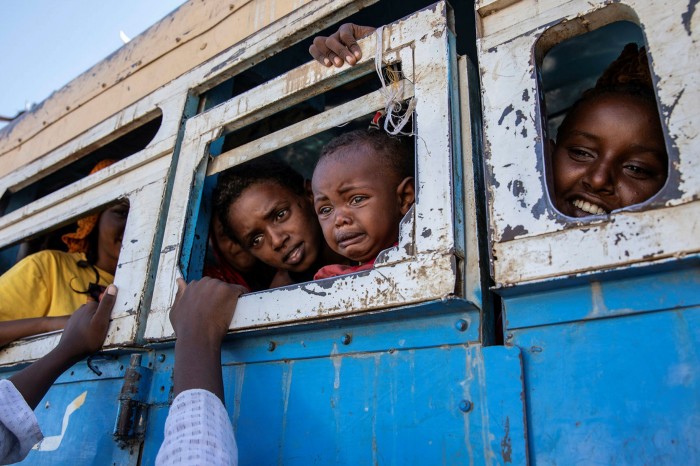
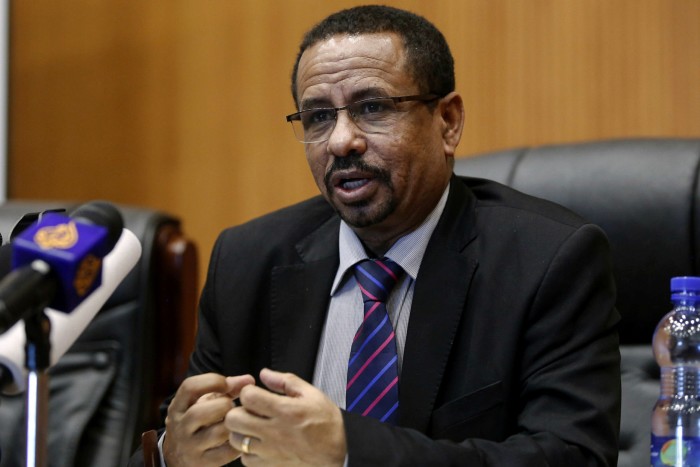
Rewriting history
For many years, Ethiopia has been a source of hope, rather than despair. Over the three decades since the TPLF led the overthrow of the brutal Marxist Derg regime in 1991, the country of 110m people, the second most populous in Africa, has maintained a rapid pace of investment-led growth. In the process, it has cut poverty, raised life expectancy and become a manufacturing hub for textile brands such as Tommy Hilfiger and Calvin Klein. Addis Ababa is in the midst of a perpetual building boom and Ethiopian Airlines has become the most successful carrier on the continent.
Throughout this period, the Ethiopian Peoples’ Revolutionary Democratic Front, or EPRDF, the four-party coalition of which the TPLF was the leading member, ran a paranoid police state. But international donors mostly overlooked the authoritarian nature of the regime as Ethiopia became the nearest thing Africa had to an Asian-style growth miracle.
“There’s no doubt that Ethiopia made tremendous gains through the development-state approach,” says Kingsley Amoako, a Ghanaian economist and former executive secretary of the UN Economic Commission for Africa in Addis Ababa.
Events in Tigray have thrown that record and Ethiopia’s prospects into doubt. That has widespread repercussions. As well as being a putative model for other African states, Ethiopia has been both a strategic ally to the US in the unstable Horn of Africa and a close partner of China. Last month, Joe Biden, the US president, dispatched a special envoy to Addis Ababa after expressing “grave concerns” over the conflict.
The war in Tigray has also cast a shadow over the capacity of Abiy, prime minister since 2018, to carry out his vaunted economic and political liberalisation. After he was selected as part of an EPRDF plan to draw the sting out of mass street protests in Amhara and Oromia then rocking the regime, Abiy was initially lauded as a transformative and unifying leader. Declaring himself a “capitalist”, he proposed to tweak the state-led development model by selling off state assets and creating a bigger space for the private sector. He also pledged to nudge Ethiopia towards a more open liberal democracy.
Amid huge excitement, Abiy released tens of thousands of political prisoners, freed the media and made formal peace with Eritrea. He set a timetable for elections, subsequently delayed because of coronavirus, and then disbanded the EPRDF, replacing it with the non-ethnic Prosperity party which the TPLF refused to join.
From his first days in office, Abiy advocated pan-Ethiopian unity. Many welcomed this as a conciliatory gesture after the perceived domination of ethno-nationalist politics under the Tigrayans. Abiy comes from the Oromo ethnic group, which constitutes more than one-third of Ethiopia’s population against only 6 per cent for Tigrayans. Yet, far from achieving reconciliation, ethnic and political tensions, suppressed under the previous regime, bubbled dangerously to the surface. In Tigray that has led to war.
The Open Society Foundations’ Odinkalu says Abiy has demonised the TPLF, blaming it for all the ills associated with the EPRDF coalition and airbrushing away its achievements. “He is rewriting history to suit his own narrative,” he says.
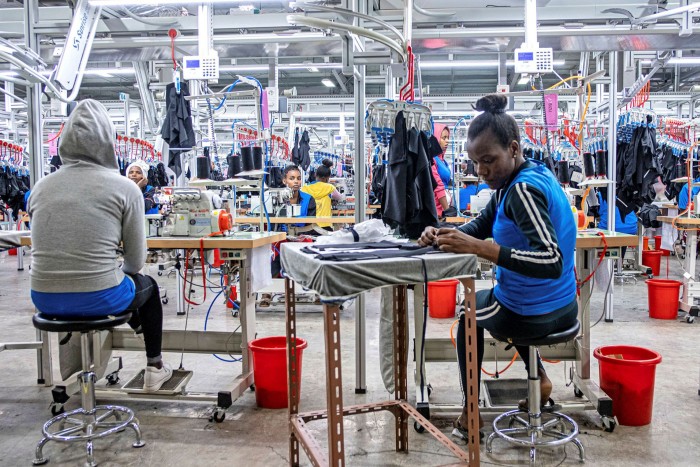
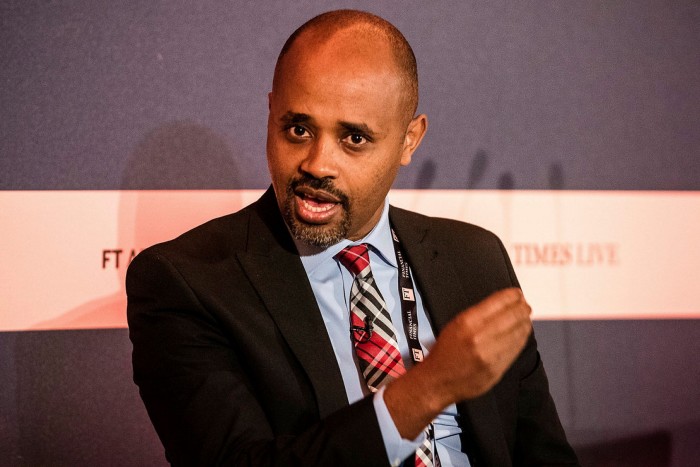
Postwar dividend?
Not everyone agrees that Abiy has mismanaged the situation in Tigray. Gabriel Negatu, senior fellow at the Atlantic Council in Washington, sees criticism of the prime minister as misplaced and coverage of the war as exaggerated. Abiy, he says, is right to try to eliminate the TPLF, which he accuses of brutalising Ethiopia and undermining Abiy’s message of unity.
Not only can Abiy pull Ethiopia back from the brink, Negatu says, but victory in June’s elections could strengthen his hand. “This war and its aftermath, as horrible as it has been . . . has galvanised the country behind him,” he says. “After the election, I venture to say, you will see a new, revitalised and reinvigorated Abiy determined to take this country to the next level.”
Eyob Tolina, state minister for finance, is also firmly behind the prime minister’s actions. The country, whose gross domestic product grew 6.1 per cent in 2020 despite the war and pandemic, could quickly bounce back towards double-digit growth, he says. It could raise billions in desperately needed foreign exchange from the privatisation of telecoms licences. “With the demise of TPLF, a significant political risk has now diminished,” he adds.
One close adviser to the prime minister blames the country’s current problems on the 1995 constitution, which divided the country into nine ethnically defined regions. “The TPLF fostered ethnic politics and institutionalised division,” he says. “Instead of one country, they made this into a collection of different ethnic groups to divide and rule us.”
Far from unifying the country, the war against the TPLF was more likely to divide it further, says Mulugeta at Soas. “My suspicion is that this conflict in Tigray emboldens centrifugal forces who want to break away from the country,” he says.
Every transition in Ethiopia since the fall of Emperor Haile Selassie in 1974 has been violent, say analysts. Hopes that Abiy could engineer a peaceful change of guard appear to have failed. Now, as elections approach, Abiy needs to push his vision of a united country. “The election is consequential yet also challenging,” he told parliament last month.

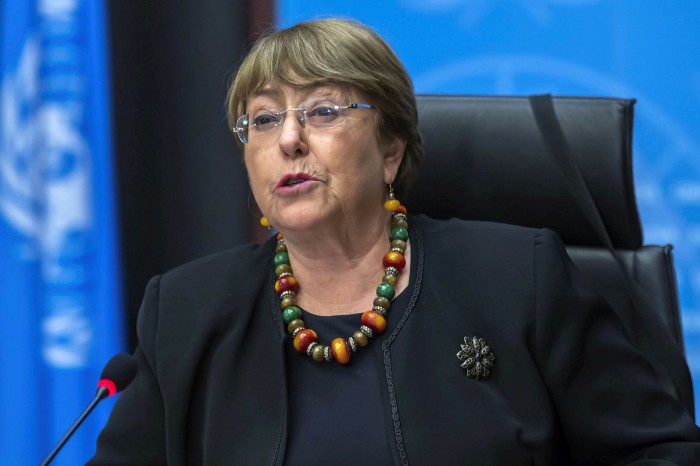
But even in his own region of Oromia, many are suspicious of his pan-Ethiopian message. Some see it as a return to a centralised state that tramples on the rights of the Oromo and other communities that believe they have been marginalised.
Jawar Mohammed, a prominent Oromo leader, has been jailed and faces charges of “inciting ethnic and religious strife”. That removes one of Abiy’s strongest political opponents, but could also undermine the legitimacy of any electoral mandate the prime minister secures in June.
“We are against an Ethiopia that promotes one nation, one language, one religion,” says Kumsa Dirriba, known by his nom de guerre Jaal Marroo, leader of the Oromo Liberation Army, an armed group accused of kidnappings and bomb attacks. “We are more than 80 nations and nationalities living in this country and we want an Ethiopia that treats all these nations equally.”
The TPLF itself continues to fight in Tigray’s central-south regions, while some top leaders have evaded capture by Abiy’s federal forces. A senior official from the interim administration in Mekelle, speaking on condition of anonymity, conceded that the war has turned the region decisively against the central government. For the first time in decades, many Tigrayans are talking about outright secession, which is allowed under the current constitution. “Tigrayans today don’t want to be part of Ethiopia because of these crimes,” he says.
Kahsay Tesfay, a 66-year-old Tigrayan builder, agrees. The conflict, he says, is the worst in his lifetime, worse even than the TPLF uprising against the Derg and the Ethiopia-Eritrea war.
In February, Kahsay lost one son. He is sitting by the bed of another, 16-year-old Mikael, whose gangrenous foot is about to be amputated. Mikael, who still dreams of playing football, was caught up in a bomb blast in the town of Bizet, close to the border with Eritrea. “I was walking back home in the afternoon after delivering a message to my family,” he says of the moment before the bomb shattered his foot.
“Even children are suffering like animals,” adds his father, speaking in a hospital in Mekelle. Bed after bed was filled with the victims of war. Ethiopia, he says, is “never going to be the same again”.
Letter in response to this article:
Comments